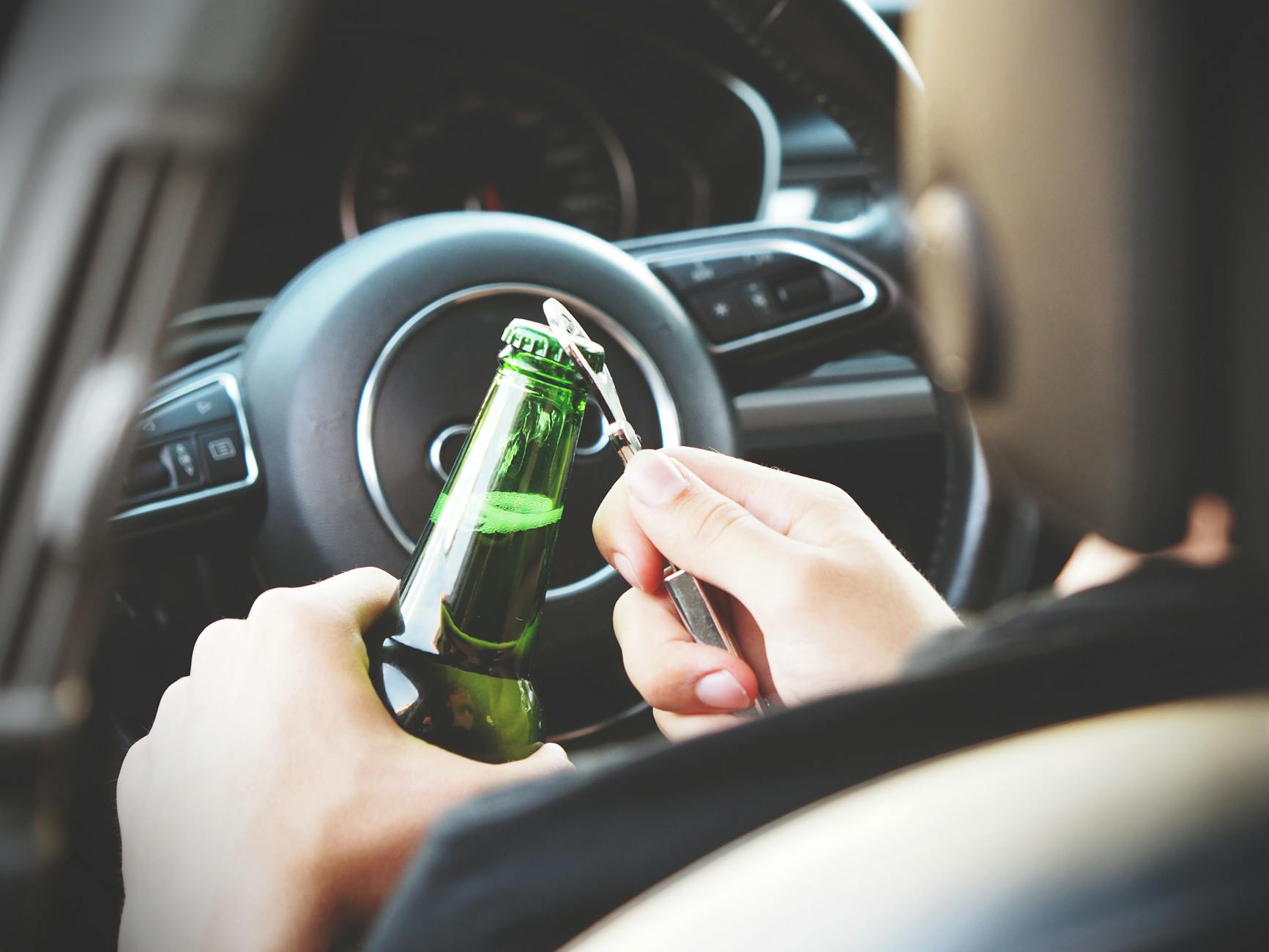Unlock the mystery of beer math with our breakdown of the factors that influence intoxication levels. You won’t believe the results!
Table of Contents
Have you ever wondered how many beers it takes to get drunk? The answer to this question is not as simple as it may seem. The level of intoxication one experiences after consuming alcohol is influenced by a variety of factors, including alcohol metabolism, individual tolerance levels, and external variables. In this blog post, we will delve into the science behind alcohol intoxication and explore the different elements that play a role in determining how many beers it takes to reach a state of drunkenness.
The Science of Alcohol Metabolism
alcohol metabolism is a complex process that occurs in the body after consuming alcoholic beverages. When alcohol is ingested, it is absorbed into the bloodstream through the stomach and small intestine. The liver then begins to metabolize the alcohol, breaking it down into acetaldehyde and further into acetic acid, which is eventually eliminated from the body.
One of the key ways to measure alcohol intoxication is through blood alcohol concentration (BAC). BAC is the percentage of alcohol in a person’s bloodstream. As BAC increases, so does the level of intoxication. It is important to note that alcohol metabolism differs between men and women. Generally, women tend to have a higher BAC than men after consuming the same amount of alcohol due to differences in body composition and enzyme activity.
Individual Tolerance Levels
Individual tolerance levels to alcohol vary greatly among people. Factors such as weight, age, genetics, and overall health can all influence how quickly a person becomes drunk. Someone who weighs more may be able to consume more alcohol before feeling intoxicated compared to someone who weighs less. Age also plays a role, as older individuals tend to have a lower tolerance for alcohol than younger ones.
Genetics can also play a significant role in determining alcohol tolerance. Some individuals may have genetic variations that affect how their bodies metabolize alcohol, leading to differences in intoxication levels. It is important for individuals to understand their own tolerance levels and know when to stop drinking to avoid reaching dangerous levels of intoxication.
Factors Influencing Intoxication
There are several external factors that can influence how quickly a person becomes drunk after consuming alcohol. One of the most important factors is food consumption. Eating a meal before drinking can slow down the absorption of alcohol into the bloodstream, reducing the likelihood of feeling drunk quickly. Staying hydrated is also essential, as alcohol is a diuretic that can dehydrate the body and intensify the effects of intoxication.
When it comes to drinking alcohol, pacing is key. Consuming drinks too quickly can lead to a rapid increase in BAC, resulting in faster intoxication. It is recommended to pace oneself and alternate between alcoholic beverages and non-alcoholic drinks to moderate alcohol intake and reduce the risk of getting drunk quickly.
Other variables, such as carbonation and mixing drinks, can also impact intoxication levels. Carbonated beverages can increase the rate at which alcohol is absorbed into the bloodstream, potentially leading to quicker intoxication. Mixing different types of alcohol can also affect how drunk a person gets, as certain combinations may result in stronger effects than others.
Conclusion
Understanding how many beers it takes to get drunk is not a straightforward calculation. The level of intoxication one experiences after consuming alcohol is influenced by a multitude of factors, including alcohol metabolism, individual tolerance levels, and external variables. By being aware of these factors and practicing responsible drinking habits, individuals can better manage their alcohol consumption and avoid dangerous levels of intoxication.
Remember to know your limits, stay hydrated, and always drink responsibly. Cheers to a safe and enjoyable drinking experience!
Frequently Asked Questions (FAQ)
How does alcohol metabolism differ between men and women?
Answer 1: Women tend to have a higher blood alcohol concentration (BAC) than men after consuming the same amount of alcohol due to differences in body composition and enzyme activity.
What factors influence individual tolerance levels to alcohol?
Answer 2: Weight, age, genetics, and overall health can all affect how quickly a person becomes intoxicated. Older individuals may have lower tolerance levels, and genetic variations can impact alcohol metabolism.
How does food consumption impact alcohol intoxication?
Answer 3: Eating a meal before drinking can slow down alcohol absorption, reducing the likelihood of quick intoxication. Staying hydrated is also crucial to mitigate the effects of alcohol.
Why is it important to pace alcohol consumption?
Answer 4: Consuming drinks too quickly can lead to a rapid increase in BAC, resulting in faster intoxication. Pacing oneself and alternating between alcoholic and non-alcoholic drinks can help moderate alcohol intake and reduce the risk of getting drunk quickly.


Leave a Reply